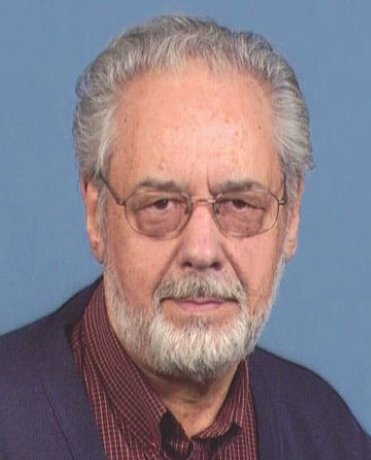When William McDonough and Michael Braungart published their first book, Cradle to Cradle, a dozen years ago, it caused a stir among environmentalists, and lent impetus to the then-young movement toward sustainability.
I remember reading it with a real feeling of excitement, thinking that here, finally, were two authors who were saying what had long needed saying, that we can and should design buildings, goods and services so they can be reused.
I broached the subject to a couple of architect friends and discovered that they were as excited as I was. And in the years since, I’ve watched with interest as the Cradle to Cradle concept gradually grew from an somewhat abstract idea into an every-day reality, into a certification system, into a touchstone for just about everyone who cares about the environment.
Now the authors have carried their thinking a step further in a book called The Upcycle.
Actually, the book is about a year old, and I’ve been remiss in not writing about it sooner. But I’ve re-read it in the intervening months, and am just as excited about it as I was about Cradle to Cradle.
The sub-titles the authors chose illustrate where they are headed. Cradle to Cradle was sub-titled “Remaking the Way We Make Things.” For The Upcycle, the sub-title is “Beyond Sustainability — Designing for Abundance.”
Quite a bit of their first book dealt pretty directly with construction, exploring things like designing for deconstruction, so that a building can be taken apart easily and the parts all recycled for other uses. McDonough is an architect, of course, so his concern with construction is understandable. But Braungart is a chemist and industrial designer, and it is thanks to him that we got ideas about how such things as carpeting and upholstery fabrics ought to be designed and manufactured.
In The Upcycle, they explore how just about anything can be designed so that its component parts can be recycled and reused over and over. That extends well beyond buildings. In fact, nothing speaks directly to the construction industry. But the scope of their thinking is so broad that it encompasses the construction industry along with all the others as well.
For example, one of the principles they first enunciated 15 years ago is that waste—the very concept of waste — must be eliminated. They suggest that while some regulation is necessary, regulations themselves are also an indication of the need to redesign.
Using or reusing resources with greater effectiveness is not enough, they say. We must select materials and create designs that actually improve the environment.
Several books in the past have had an immense impact on how we think about our environment. A Sand County Almanac, by Aldo Leopold was one. Rachel Carson’s Silent Spring was another. But McDonough and Braungart go well beyond those works, and their motives are different. Instead of protecting the planet from human impact, they ask, why not redesign our activities to improve the environment?
As an small example, you’ll find at the back of their book, a note on the making of the book itself. No trees were cut down to create “Bio-Paper” used for the cover. It’s a blend of limestone and plant-based resin. The paper uses a base of a biopolymer, made from plants, not petroleum. The inks used were designed from ingredients that are biological nutrients.
So when my copy finally becomes so worn, so dog-eared that I toss it in the trash, the book will not only do no harm to the environment. Instead, its biological nutrients will be reintroduced into the environment in a beneficial manner — plant food. That’s as good a definition as any of upcycling.
You should be able to pick up a copy of The Upcycle at any good book store for under $20.
Korky Koroluk is an Ottawa-based freelance writer. Send comments to editor@dailycommercialnews.com











Recent Comments
comments for this post are closed